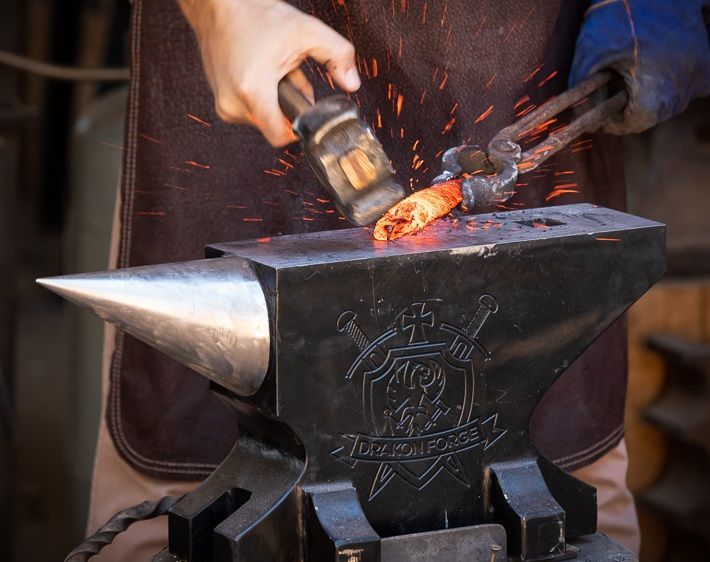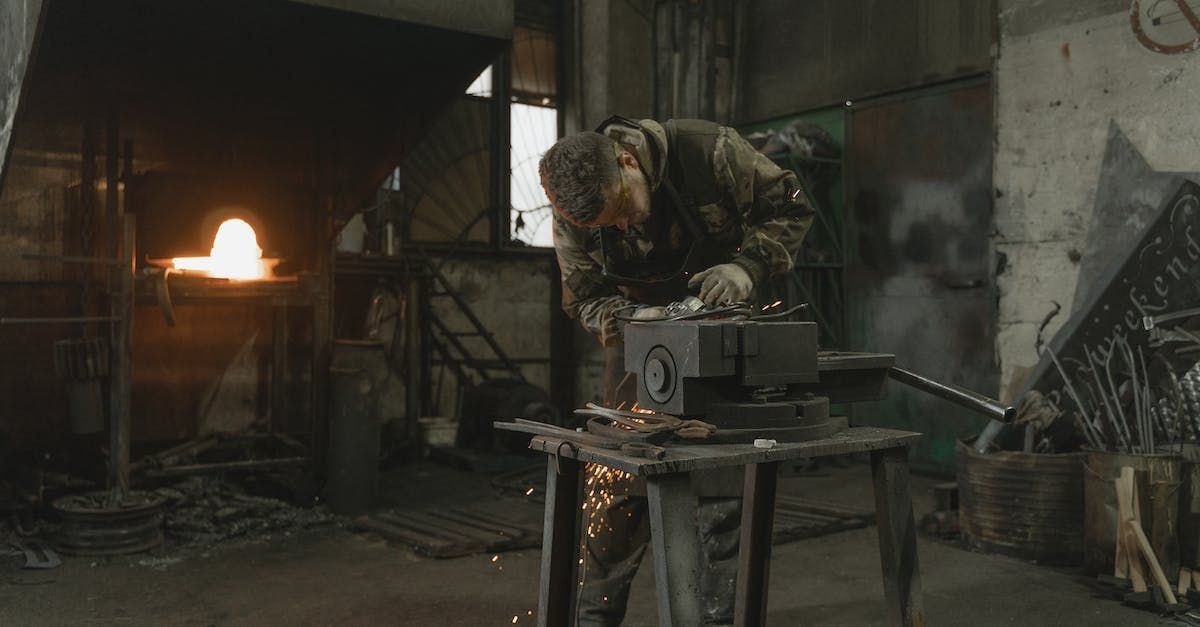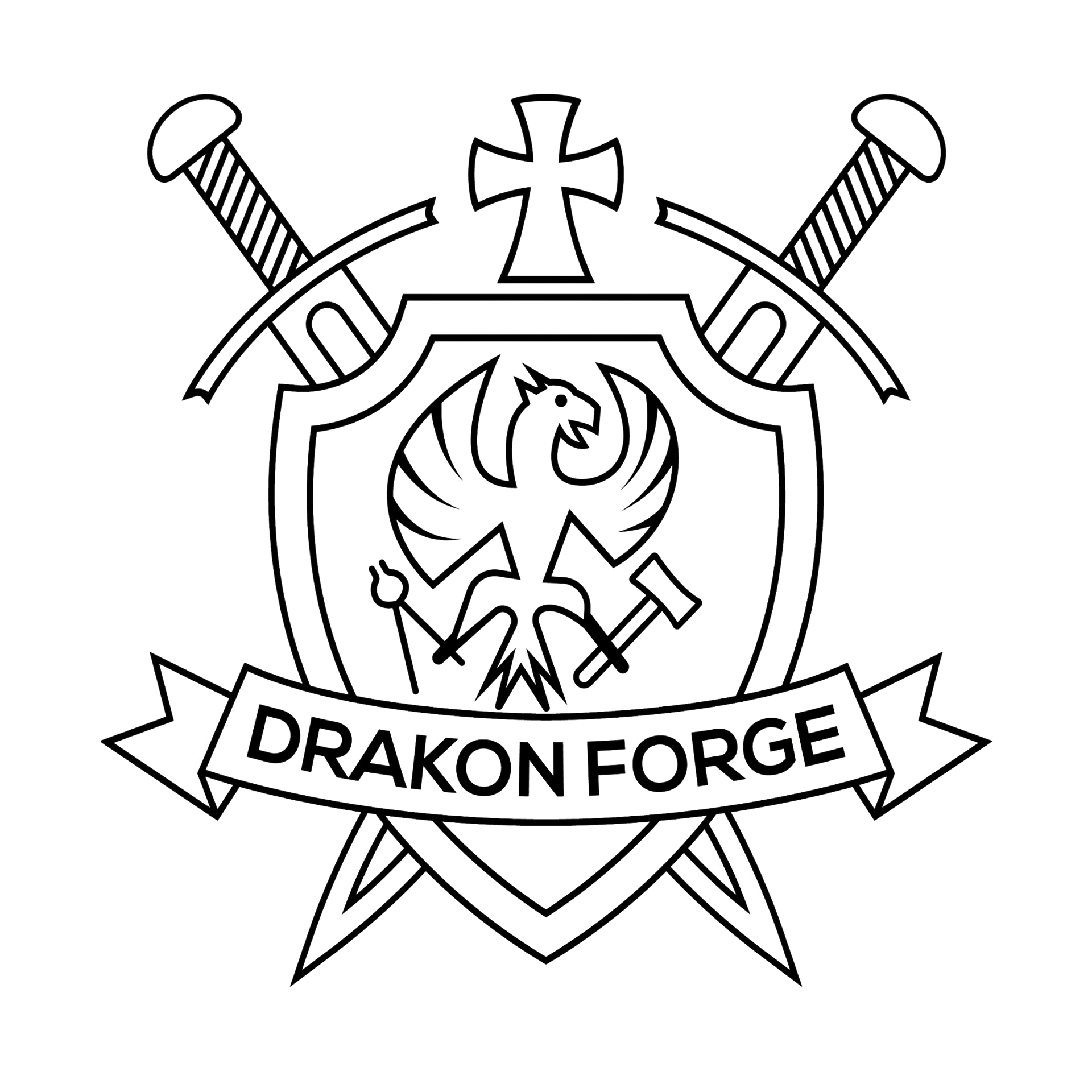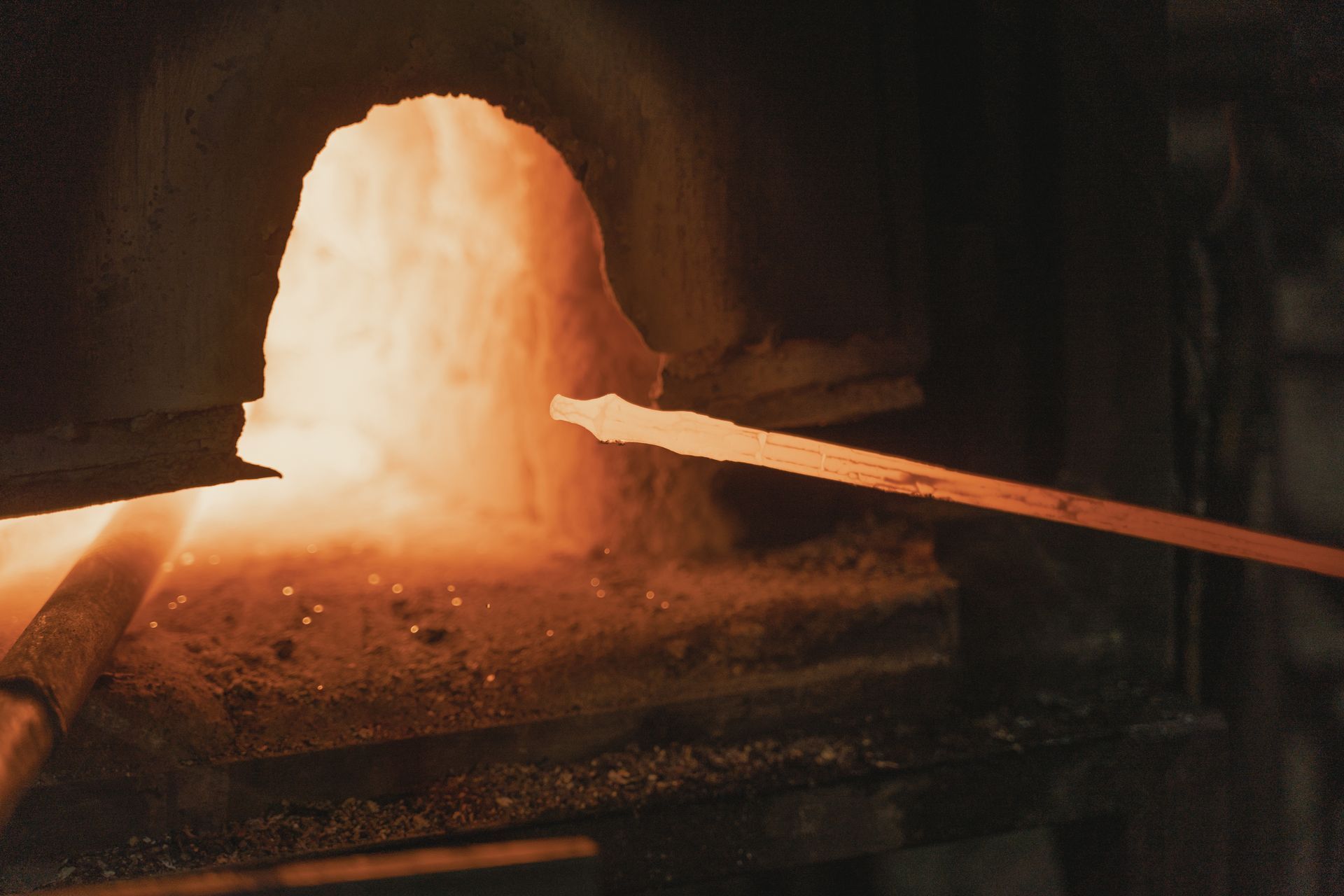The Blacksmith's Anchor: A Journey Through the History and Features of the Anvil
In the heart of the smithy, surrounded by the flames of the forge and the rhythm of hammer strikes, stands the blacksmith's trusted companion and steadfast anchor – the anvil

In the heart of the smithy, surrounded by the flames of the forge and the rhythm of hammer strikes, stands the blacksmith's trusted companion and steadfast anchor – the anvil. This unassuming yet indispensable tool has been the cornerstone of blacksmithing for millennia, bearing witness to the birth of countless masterpieces and the growth of empires. The anvil has evolved over time, adapting to the ever-changing needs of the blacksmith, while always remaining true to its core purpose – providing a solid and reliable foundation upon which the artisan can shape and mold their vision. Join me, dear reader, as we explore the rich history of the anvil, delving into its origins, examining its features, and discovering its enduring place in the world of blacksmithing.
The anvil's story begins in the distant past, with the dawn of metalworking and the birth of civilization itself. As early as the Bronze Age (circa 3500–1000 BCE), metalworkers began to recognize the need for a solid and durable surface upon which to hammer and shape their creations. These early anvils were crafted from simple stone slabs, chosen for their hardness and resistance to wear. As the art of metalworking advanced and the Iron Age emerged (circa 1200–500 BCE), artisans began to experiment with new materials and designs, forging anvils from iron and bronze to better withstand the rigors of their craft.
Over the centuries, the anvil continued to evolve, with blacksmiths from different cultures and eras adding their own innovations and refinements to the design. The iconic anvil shape that we recognize today – featuring a flat face, a horn for shaping curves, and a hardy hole for holding various tools – can be traced back to the anvils of ancient Rome, where blacksmiths were revered for their skill and craftsmanship. This enduring design spread throughout the world, becoming a symbol of the blacksmith's art and an emblem of human ingenuity.
The modern anvil, typically crafted from cast or forged steel, is the culmination of centuries of trial and error, experimentation, and innovation. Its features have been meticulously honed to facilitate a wide range of blacksmithing techniques, providing the artisan with a versatile and adaptable workspace. As we delve deeper into the anatomy of the anvil, we can begin to appreciate the wisdom and foresight of those who have come before, their legacy etched into the very steel upon which we work.
1. The Face: The Anvil's Canvas
The face of the anvil is the blacksmith's canvas, providing a broad, flat surface upon which to forge and shape metal. Crafted from hardened steel, the face is designed to withstand the repeated impact of hammer blows without deforming, ensuring that the blacksmith's work remains true and accurate. The face is also typically polished to a smooth finish, preventing the transfer of imperfections to the workpiece and facilitating precise hammer control.
2. The Horn: The Sculptor's Tool
The horn, or bick, is an integral feature of the anvil, used to shape and form curved and rounded elements in the metalwork. The horn extends from one end of the anvil, tapering to a narrow point that allows the blacksmith to create intricate bends and contours with ease. Some anvils also feature a square horn, or heel, which can be used for forging sharp corners and edges.
3. The Hardy Hole: The Blacksmith's Workshop
The hardy hole is a square opening located on the face of the anvil, designed to accommodate a variety of specialized tools known as hardy tools. These accessories, which include cutting tools, bending forks, and fullers, extend the functionality of the anvil, enabling the blacksmith to perform a wide array of tasks and techniques. The hardy hole is a testament to the ingenuity and resourcefulness of the blacksmith, transforming the anvil into a veritable workshop and empowering the artisan to unleash their full creative potential.
4. The Pritchel Hole: The Blacksmith's Eye
Located adjacent to the hardy hole, the pritchel hole is a round opening that serves a variety of purposes in the blacksmith's repertoire. Most commonly, the pritchel hole is used in conjunction with a punch to create round holes in the workpiece, with the hole serving as a support and allowing the punched-out slug to pass through. Additionally, the pritchel hole can be used to hold specialized tools, such as hold-downs, that aid in securing the workpiece to the anvil during forging.
5. The Step or Table: The Blacksmith's Shelf
Present in some anvil designs, the step or table is a small, flat area located between the face and the horn of the anvil. While not present in all anvils, this feature can provide a useful workspace for cutting and chiseling tasks that may damage the polished face of the anvil. The step or table serves as a reminder that the anvil is not only a tool but also a workspace, carefully designed to accommodate the diverse needs and challenges faced by the blacksmith.
As we trace the history of the anvil and examine its features, it becomes clear that this humble tool is so much more than a simple block of metal. The anvil is a symbol of human determination and creativity, a constant companion to the blacksmith through the ages, and a testament to the power of the human spirit. The anvil is the anchor that grounds the blacksmith, providing a solid foundation upon which dreams can be forged and visions brought to life.
As you embark on your own journey into the world of blacksmithing, let the anvil serve as your inspiration and your guide. Embrace the wisdom and experience of those who have come before you, and remember that with each hammer blow, you are not only shaping metal but also writing your own chapter in the storied history of the blacksmith's art. The anvil stands ready, a silent witness to your journey, and a reminder of the limitless potential that lies within the human spirit. May you find strength in its steadfastness, solace in its presence, and inspiration in its legacy. The anvil awaits – let your journey begin.
Share


